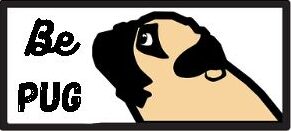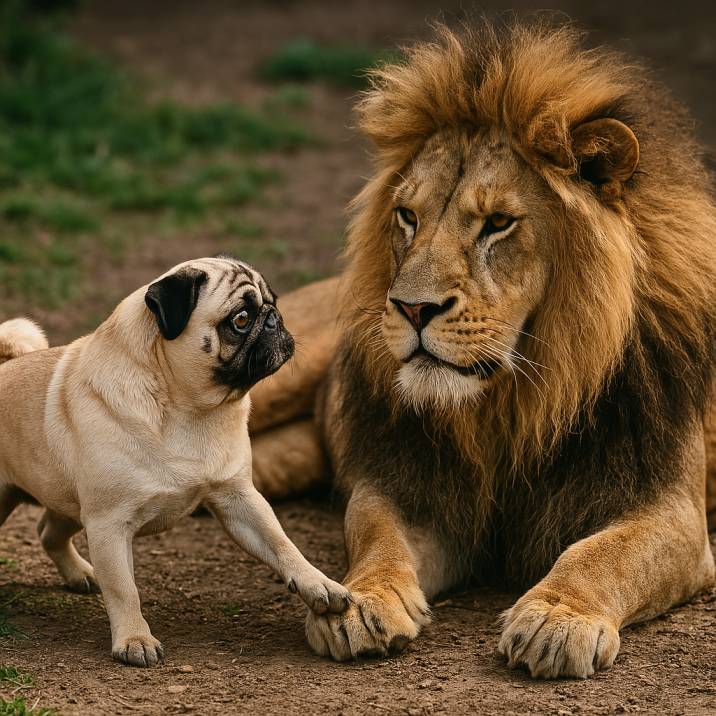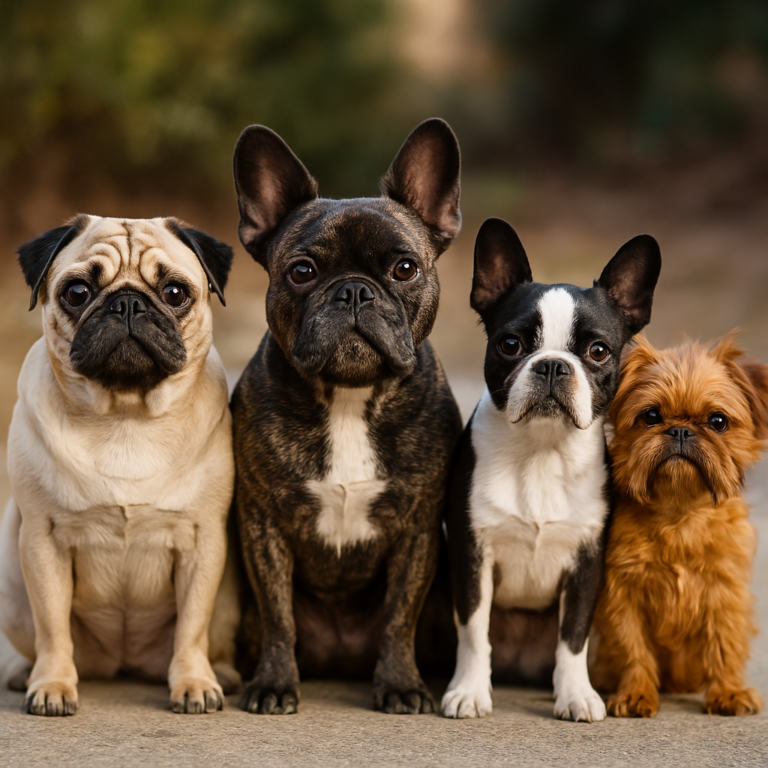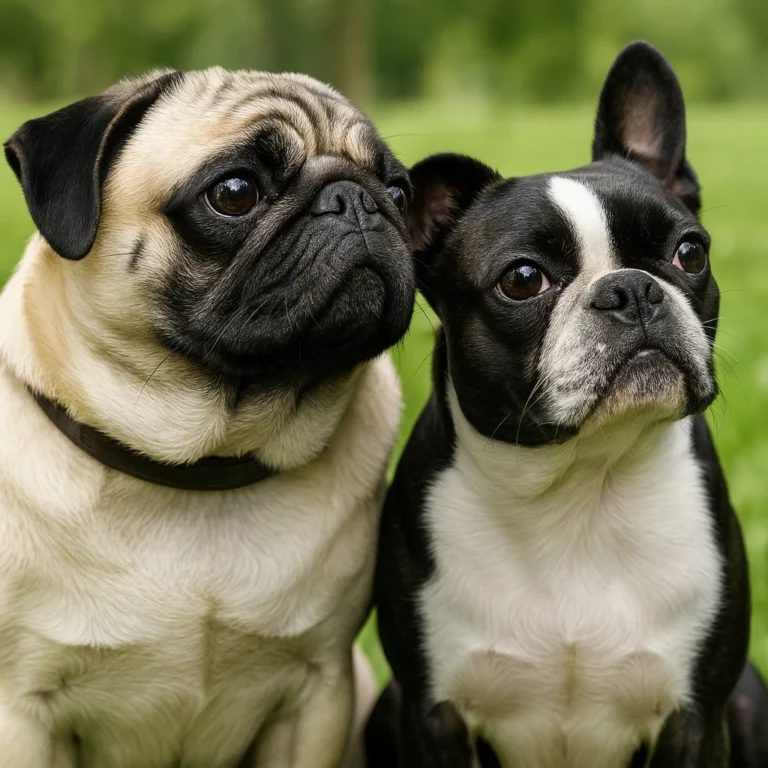Old Pugs Versus New Pugs – How Changes Over Time Affect Care

Disclosure: This post contains affiliate links. As an Amazon Associate, I earn from qualifying purchases—at no extra cost to you.
Last Updated: August 8, 2025
Pugs have been around for centuries, but the ones we see today aren’t exactly the same as their older counterparts. Breeding styles, everyday lifestyles, and better vet care have all shaped how they look, breathe, and move. Knowing the differences between old pugs and new pugs can help you give them the best care possible—whether you’ve got a gentle senior or a lively young pup. If you’re new to the breed, our How to Take Care of a Pug guide is a great place to start alongside this comparison.
Old Pugs – Origins and Traits
Older generations of pugs often had slightly longer muzzles and slimmer builds. These traits made breathing easier and gave them more stamina for walks or playtime. They still loved a good nap, but many handled warm weather a bit better than today’s flatter-faced pugs.
New Pugs – Modern Changes and Why They Happened
Modern pugs tend to have rounder eyes, shorter noses, and a stockier shape. These features became popular through selective breeding, especially for show standards. While undeniably cute, they can make modern pugs more sensitive to heat and more prone to tiring quickly.
Why This Matters for Pugs
The old pugs versus new pugs difference isn’t just about appearance—it affects how they live day to day. Breathing comfort, exercise limits, and even grooming routines can vary based on their build. Knowing where your pug falls helps you create routines that fit their needs.
Tips You Can Use Right Away
If your pug has a flatter face, keep walks shorter and choose cooler times of day. Provide shady rest spots and plenty of fresh water. For those with slightly longer muzzles, more active play is possible, but they still need breaks and close monitoring.
What to Avoid or Watch For
Avoid long or intense play sessions in hot or humid weather, especially for modern pugs. Watch for heavy panting, slowing down suddenly, or noisy breathing as early signs they need a break. For seniors, consider ramps or softer bedding to help with joint comfort.
When to Ask Your Vet or Change Routines
If your pug is struggling to breathe, coughing more than usual, or showing less interest in walks, it’s time for a vet visit. Seniors may benefit from joint-friendly diets or supplements, while younger pugs might just need more breaks or cooler environments.
FAQ
Do pugs need a special harness or just a regular one?
Most pug owners recommend a soft, no-pull harness to avoid putting pressure on the neck.
How often should I replace their bed?
If it flattens or starts to smell, it’s time—usually every 6–12 months depending on use.
Can I use regular toys or do pugs need specific ones?
Many pugs do fine with soft or plush toys, but avoid ones that are too small or easy to tear apart.
What’s the best way to keep their face folds clean?
Wipe daily with unscented dog wipes to prevent irritation or buildup.
Conclusion
Whether your pug comes from an older lineage or is part of the newer, flatter-faced generation, understanding their differences helps you make their daily life more comfortable. The right care means more happy snorts, cuddles, and zoomies—no matter which type of pug you have.






